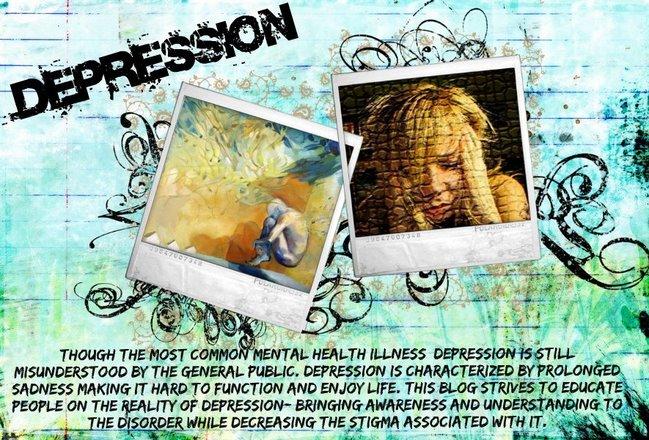
Different types of depression often have slightly different symptoms and may require different treatments. A number of disorders have depression as a key feature.
Major Depressive Disorder
This type is commonly referred to as “depression,” can severely disrupt your life, affecting your appetite, sleep, work, and relationships. A person suffering from major depressive disorder experiences a change in their mood that involves persistent low moods or sadness, or loss of interest or pleasure in most activities over at least two weeks.
People with major depressive disorder may feel despair and hopelessness, their energy levels may be extremely low and they might find it hard to motivate themselves to do even the simplest of daily tasks. They may also commonly experience low self-esteem and thoughts of death and suicide.
Dysthymia
People with dysthymic disorder is a long-term or chronic disorder where low mood is experienced for most of the day, on more days than not, over a period of at least two years. They have many symptoms resembling major depression, but with less severity. They may experience fatigue, sleeping and eating problems. They may also experience low self-esteem, negative thinking, and cognitive (thought-related) difficulties.
 Bipolar Disorder (manic depressive illness)
Bipolar Disorder (manic depressive illness)A person with bipolar disorder has one or more episodes of mood disturbances that include distinct periods of extreme highs, where they feel invincible, or paralyzing lows where they feel complete despair. During the manic phase, the person is optimistic and buoyed by exaggerated feelings o f well-being.
Their mind is overactive and they need very little sleep but, while they have plenty of energy, they lack concentration. Work and study may suffer. People with this disorder also have major depressive episodes at other times. During the depressive phase, the person feels despairing and may contemplate suicide.
Seasonal Affective Disorder
It is the recurrence of the symptoms of any major depressive episode during certain seasons. Depression is more common in the winter months and in the Northern Hemisphere. Some studies have shown that light hitting the back of the eye (retina) stimulates the brain to make chemicals that lift a person’s mood. A person with this disorder usually comes out of their depressive state in the spring. People with seasonal affective disorder may eat more and gain weight, sleep excessively and withdraw from others.
 Postpartum Depression
Postpartum DepressionThis type occurs in women who have recently given birth. Around one in eight new mothers experience depression following the birth of a child. It typically occurs in the first few months after delivery, but can happen within the first year after giving birth. Often, postpartum depression interferes with the mother’s ability to bond with her newborn.
Postpartum depression is different from the “baby blues,” which tend to occur the first few days after delivery ad resolve spontaneously. Some contributing factors include: physical exhaustion from broken sleep, lack of support, financial pressures, and a history (personal or family) of depression.
Cyclothymic Disorders
This type occurs when a person has mild and alternating mood swings of elation and depression occurring over a long time period (mild depressive symptoms mixed with hypomanic episodes). Because the mood swings are mild and the elation is often enjoyable, frequently people with cyclothymic disorder do not seek medical help. Often, a person with this disorder has a relative with bipolar disorder or they may develop bipolar disorder themselves.
Information retrieved from better health channel and depression.com
